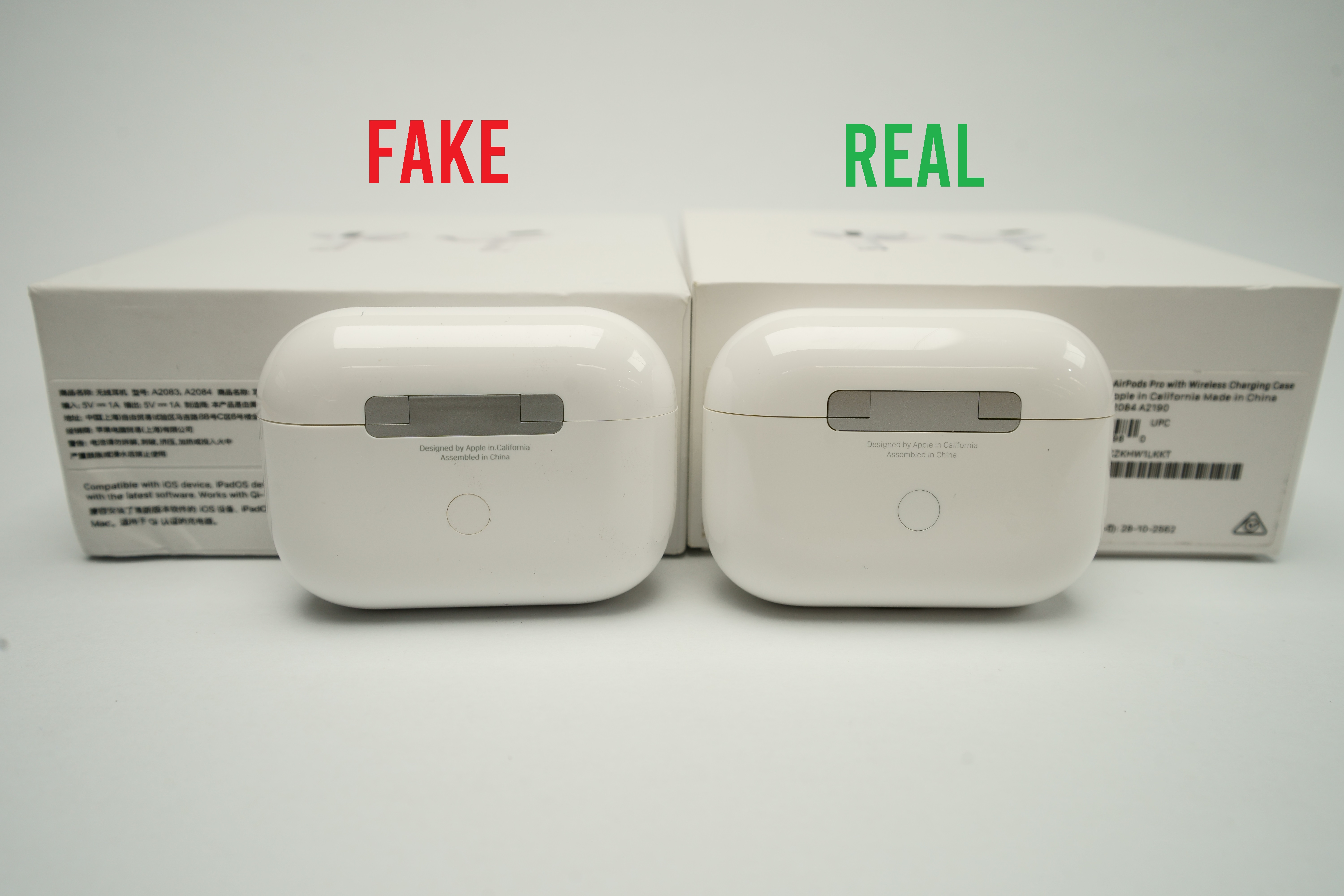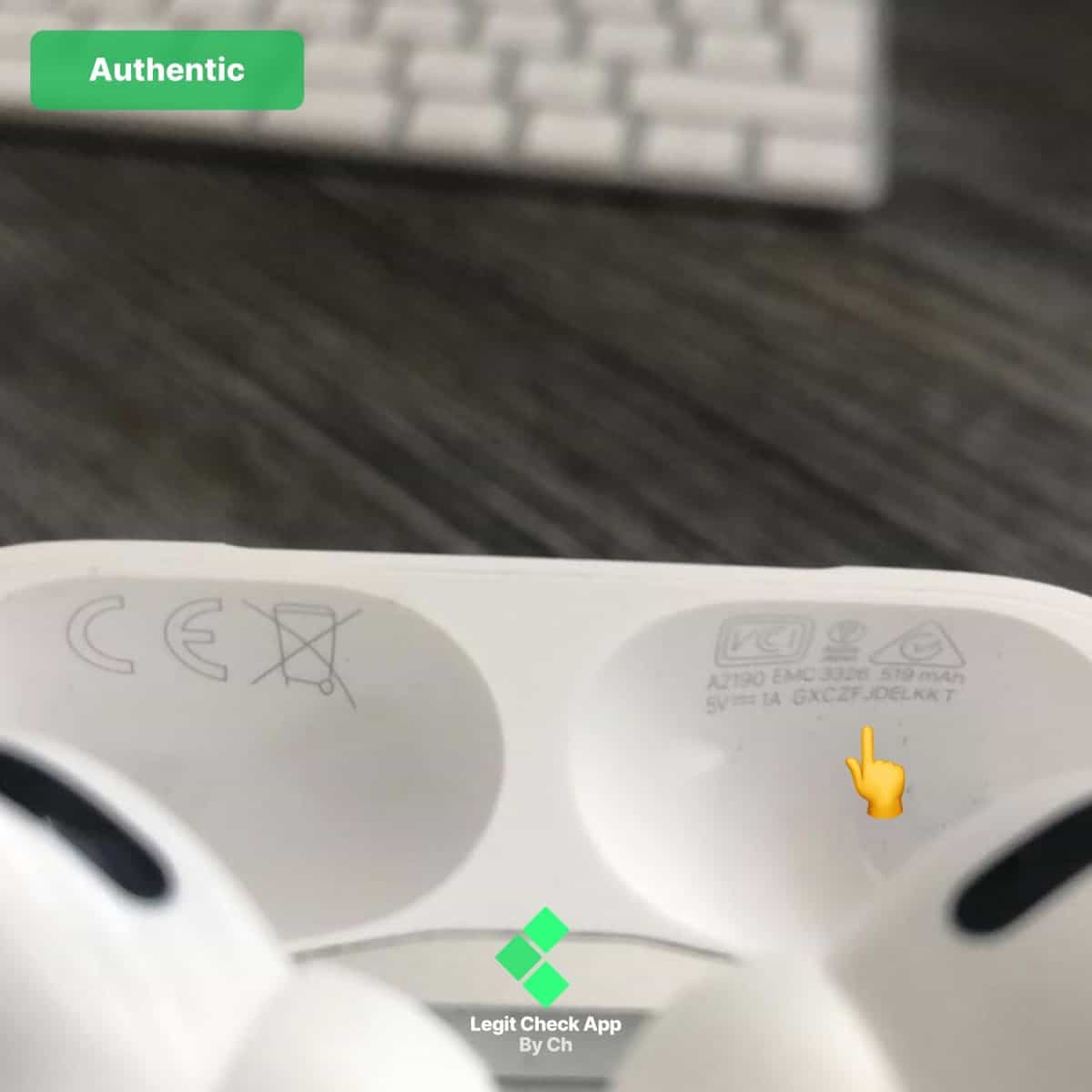

The tool can retrieve serial numbers from iPhones that have been damaged in a variety of ways, including units with a non-functional display. Then, the technician launches the companion Serial Number Reader app on the Mac and the iPhone's serial number should appear in most cases. To use the tool, a technician connects the end with the Lightning cable to the iPhone and the end with the USB cable to a Mac running macOS 10.8.5 or later. It is used to validate the serial number of an iPhone 6 or newer that will not power on by retrieving it directly from the logic board, although a source said it doesn't always work.

The aptly-named Serial Number Reader is a simple tool with a Lightning connector on one end and USB-A on the other. To combat the use of stolen serial numbers, The Information reported that Apple came up with a screening method known as "Zombie Check" internally that tested whether serial numbers for the broken iPhones held for inspection were also associated with iPhones still using Apple's online services like iCloud.Īccording to an internal Apple document obtained by MacRumors, the tool was initially limited to China, but Apple began rolling it out to Apple Authorized Service Providers around the world in February 2018. In some cases, the incorrect serial numbers would be etched on the back of the iPhones. To evade this tactic, however, many fraudsters started to intentionally disable the iPhones so they couldn't be turned on and subjected to diagnostics.įraudsters even went as far as obtaining Apple customer records, including serial numbers, for iPhones that had already been sold in China.

One of Apple's countermeasures was to develop diagnostic software that its retail employees could use to quickly detect fake parts in iPhones, the report said. Apple became aware of the increasing fraud in 2013 and, in the years since, it has managed to "dramatically reduce" the rate of iPhone-related repair fraud in its retail stores, particularly in China, according to the report.


 0 kommentar(er)
0 kommentar(er)
